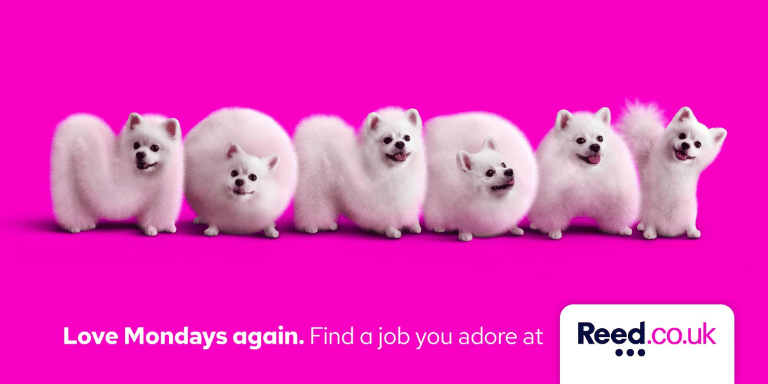HOW TO FORMAT ADS FOR SPARK DIGITAL VIDEO TRUCKS
It’s important to create your artwork in the actual pixel resolution which is displayed on the LED screens on your Spark video truck. It’s a simple process.
- STEP ONE: Create a new JPG image in an application like Photoshop. Tip: when you name the image put the word “side” or “back” in the filename. You should create the ads in the native resolution of your digital LED screens (pixels wide x pixels high). For example, if you own a Spark 510 digital video truck, the side screens are 768 pixels wide x 384 pixels wide. The rear screen is 512 px wide x 384 px high. If you are unsure of the actual pixel resolution of the screens on your truck, visit the Details section for your truck model on this web site.
- STEP TWO: Load the JPG image into Spark Mojo Player or your third party media player software. The images will look natural on the screen, and will not appear stretched or squashed because you created them in the correct proportions to match the screens.
DISCUSSION
It seems counter intuitive to use such a low resolution like 768 x 384 for an image that is displayed on a 10’ wide x 5’ high screen, and your graphic designer may push back when you give them instructions to create such low res files. Show them this post to help them understand why it’s necessary.
An LED screen is very different from a TV or computer display. A typical laptop screen or HDTV has 1920 x 1080 visible pixels. That’s on a screen that may only measure 15 inches. Each pixel on the screen is so small you can’t see it. On an outdoor LED billboard, each pixel is often as thick as your thumb. It looks great when viewed from 500 feet away, but up close, all you see are the thumb size dots. Spark LED video trucks use the highest possible outdoor LED technology, so instead of big 16 millimeter pixels, they use much smaller 3.9 millimeter pixels. But even the 3.9mm pixels are still HUGE compared to the pixels on your computer screen./
Here’s an example of a well designed ad, that is perfectly formatted for the 10′ x 5′ screen of a Spark 510. Note: this image is ACTUAL SIZE.

On your computer screen the image appears to be only about six inches wide. But when this image is displayed on the P3.9 LED display, it will appear 10-feet wide by 5-feet high. It will look great when viewed from a typical distance of at least ten feet.
It’s very important to design the ad in a true 100% actual pixel view on the designer’s computer screen. If any part of the ad looks too small to read on the computer screen (when viewed at this six inch wide view) it will almost certainly be too small to read when displayed on the LED screen. The ad shown above will work well in the digital LED format.
Here’s an example of an image that an owner designed which has way too much small detail to be read on an LED display.

If you were to view this ad in the size it was originally created, you could clearly see all of the text, but when it’s scaled to the correct 768 x 384 pixels for the P3.9 LED displays, you see that it’s almost impossible to read it.
The important lesson for your designer is to design the artwork only in 100% full scale resolution.
Unintended benefits of the low resolution
A side benefit of our LED screen resolution is that you have a virtually unlimited library of demo content from which you can build client demo ads. A typical ad on a web site is approximately 300-700 pixels wide. It is impossible to make a print from a low resolution web-page ad, but you can easily copy that online ad to make a quick client demo presentation.
It takes just a few minutes to modify an online ad, and it makes for a powerful sales presentation when you pull up in a prospective client’s parking lot with their own ad already lit up on the side of your truck.
